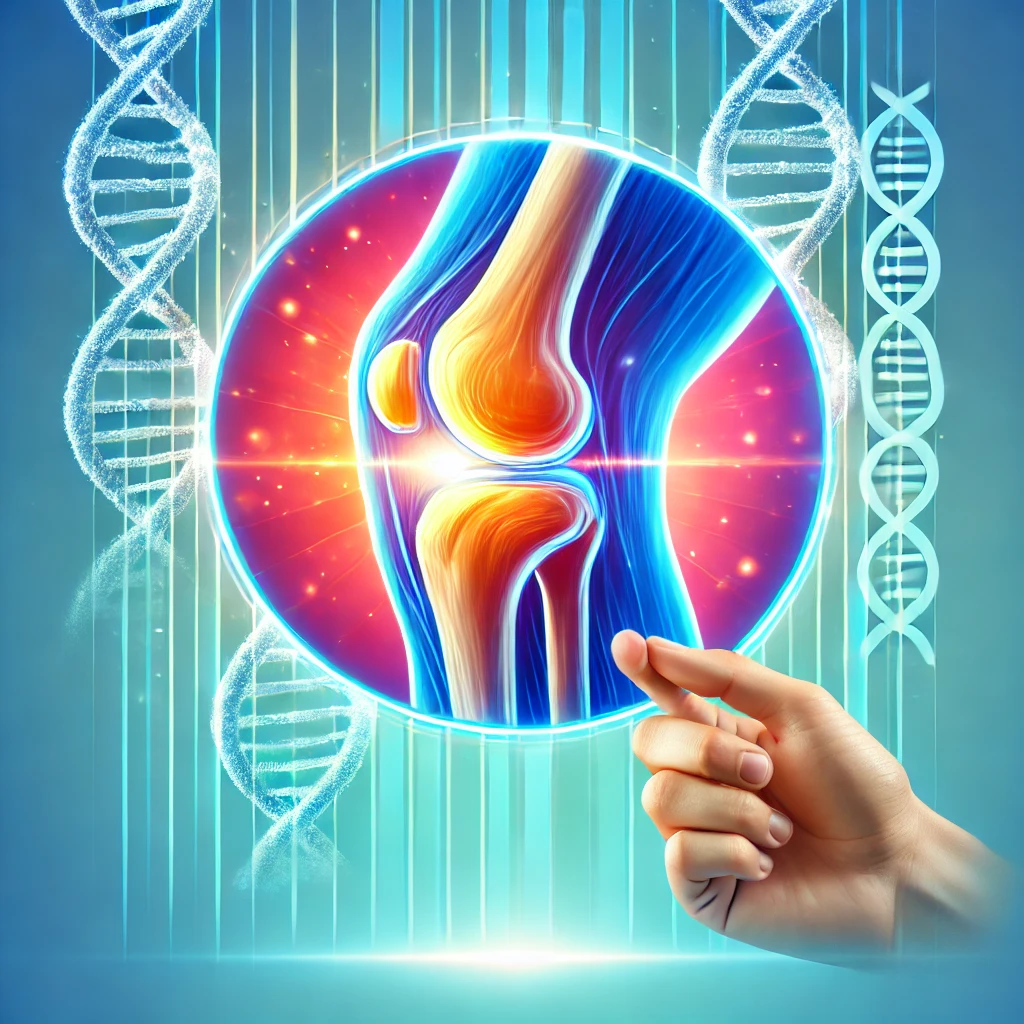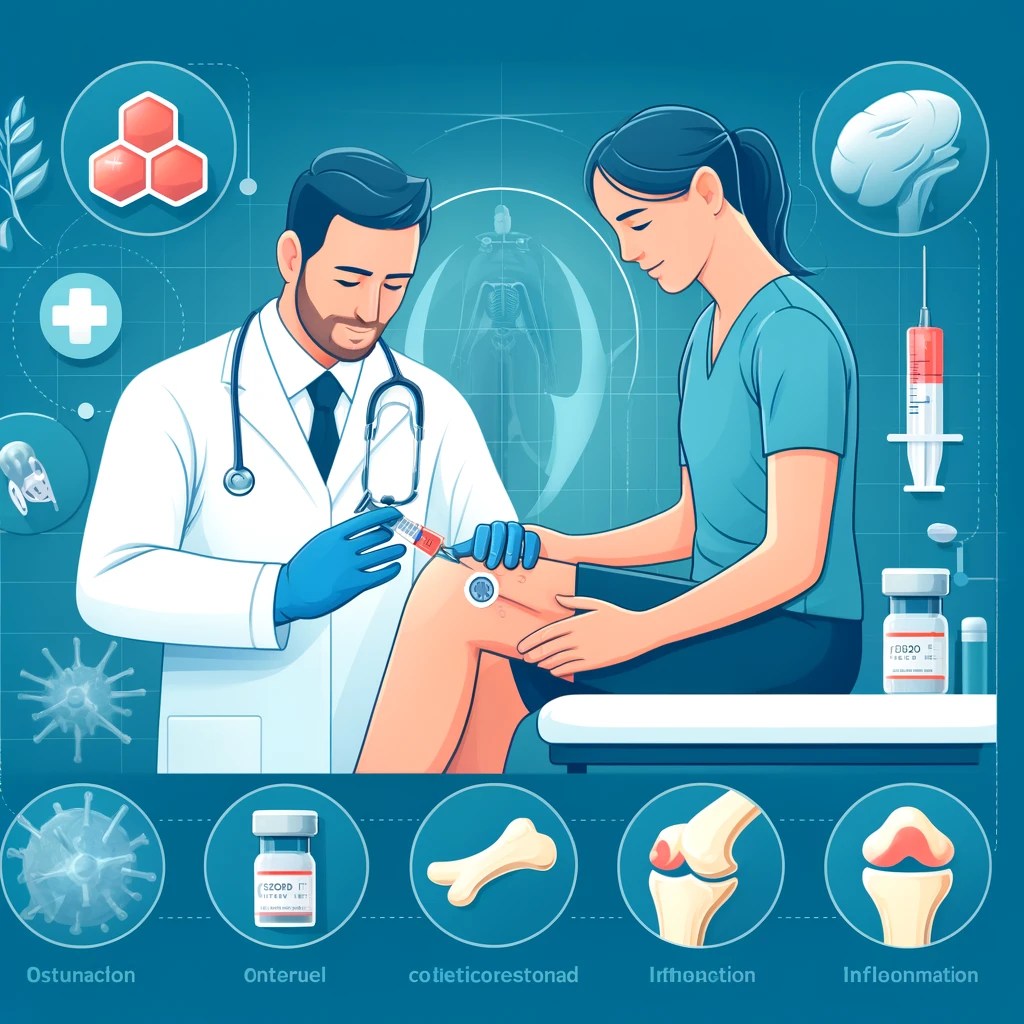
Chronic joint pain is a pervasive issue that significantly impacts the quality of life for many individuals. Traditional pain management strategies often include medications, physical therapy and lifestyle changes. However, technological advancements have introduced new methods for pain relief, one of which is the Transcutaneous Electrical Nerve Stimulation (TENS) unit. This non-invasive device is gaining popularity for its ability to alleviate pain through electrical impulses. This article delves into the effectiveness of TENS units in managing chronic joint pain, exploring their mechanisms, benefits and practical applications.
Understanding Chronic Joint Pain
Causes of Chronic Joint Pain
Chronic joint pain is a condition that persists for months or even years. It’s often caused by conditions such as osteoarthritis, rheumatoid arthritis, bursitis, gout or injuries. These conditions lead to the degeneration or inflammation of the joints, resulting in persistent pain and stiffness.
Common Symptoms
The symptoms of chronic joint pain can vary but typically include persistent aching, swelling, stiffness and reduced range of motion in the affected joints. This pain can be debilitating, affecting daily activities and overall quality of life.
Traditional Treatments for Chronic Joint Pain
Medications
Pain relievers like acetaminophen, nonsteroidal anti-inflammatory drugs (NSAIDs), and corticosteroids are commonly prescribed to manage chronic joint pain. These medications can help reduce inflammation and alleviate pain but often come with side effects.
Physical Therapy
Physical therapy is another cornerstone of chronic joint pain management. Therapists use exercises to strengthen the muscles around the joints, improve flexibility and reduce pain.
Lifestyle Changes
Lifestyle changes, such as maintaining a healthy weight, eating a balanced diet and engaging in regular exercise, can also help manage chronic joint pain. These changes can reduce stress on the joints and improve overall health.
What is a TENS Unit?
Definition and Basic Function
A Transcutaneous Electrical Nerve Stimulation (TENS) unit is a small, battery-operated device that delivers electrical impulses through electrodes placed on the skin. These impulses help to reduce pain by stimulating the nerves in the affected area.
How TENS Units Work
TENS units work by sending low-voltage electrical currents through the skin to the nerves. This stimulation can disrupt the pain signals sent to the brain and promote the release of endorphins, the body’s natural painkillers.
History of TENS Units
Development and Early Use
The concept of using electrical stimulation for pain relief dates back to ancient times, but the modern TENS unit was developed in the 1960s. Early models were bulky and expensive, but advancements in technology have made TENS units more compact, affordable and user-friendly.
Evolution Over the Years
Over the years, TENS units have evolved to include various settings and features, allowing for more customized treatment. Today’s units are portable, easy to use and available in a range of styles and sizes.
Mechanism of Action of TENS Units
Electrical Nerve Stimulation
The primary mechanism of action for TENS units is electrical nerve stimulation. By delivering electrical impulses to the nerves, TENS units can interfere with the transmission of pain signals to the brain.
Pain Gate Theory
The pain gate theory suggests that the spinal cord contains a neurological “gate” that can either block or allow pain signals to pass to the brain. TENS units are thought to close this gate, reducing the perception of pain.
Release of Endorphins
TENS units may also stimulate the release of endorphins, the body’s natural pain-relieving chemicals. These endorphins can help alleviate pain and improve mood.
Benefits of Using TENS Units
Pain Relief
One of the main benefits of TENS units is their ability to provide pain relief. By disrupting pain signals and promoting endorphin release, TENS units can help manage chronic joint pain.
Non-Invasive Treatment
TENS units offer a non-invasive alternative to medications and surgery. They can be used at home, providing convenient and accessible pain relief.
Reduced Need for Medications
By providing effective pain relief, TENS units can reduce the need for medications. This can help minimize the side effects and risks associated with long-term medication use.
How to Use a TENS Unit
Step-by-Step Guide
- Placement of Electrodes: Clean the skin and place the electrodes around the painful area.
- Setting the Device: Turn on the TENS unit and adjust the settings according to your comfort level.
- Treatment Duration: Use the TENS unit for 20-30 minutes per session, several times a day as needed.
- Aftercare: Remove the electrodes and clean the skin.
Safety Tips
- Follow Instructions: Always follow the manufacturer’s instructions and guidelines.
- Avoid Broken Skin: Do not place electrodes on broken or irritated skin.
- Consult a Doctor: Consult your doctor before starting TENS therapy, especially if you have a pacemaker or other medical conditions.
Efficacy of TENS Units for Chronic Joint Pain
Clinical Studies and Research Findings
Several clinical studies have shown that TENS units can be effective in reducing chronic joint pain. Research indicates that TENS therapy can improve pain scores and enhance the quality of life for individuals with conditions like osteoarthritis and rheumatoid arthritis.
Patient Testimonials and Case Studies
Many patients report significant pain relief and improved mobility after using TENS units. Case studies highlight the positive impact of TENS therapy on daily activities and overall well-being.
Comparison with Other Pain Management Techniques
TENS Units vs. Medications
While medications can provide quick pain relief, they often come with side effects. TENS units offer a non-drug alternative that can reduce pain without the risk of addiction or other adverse effects.
TENS Units vs. Physical Therapy
Physical therapy is effective but requires regular visits to a therapist. TENS units can be used at home, providing a convenient supplement to physical therapy.
Potential Side Effects and Precautions
Common Side Effects
Common side effects of TENS therapy include skin irritation at the electrode sites and mild muscle twitching. These side effects are usually temporary and can be minimized with proper use.
Who Should Avoid Using TENS Units?
Individuals with pacemakers, pregnant women and those with certain medical conditions should avoid using TENS units without consulting a doctor.
Choosing the Right TENS Unit
Key Features to Look For
- Adjustable Settings: Look for units with adjustable intensity and frequency settings.
- Portability: Choose a portable unit for convenience.
- Ease of Use: Opt for a unit that is easy to operate and comes with clear instructions.
Recommended Brands and Models
Some popular TENS unit brands include Omron, HealthmateForever and iReliev. Research and read reviews to find a unit that fits your needs.
Tips for Maximizing the Benefits of TENS Units
Optimal Usage Practices
- Regular Use: Use the TENS unit regularly for the best results.
- Combination Therapy: Combine TENS therapy with other treatments like physical therapy and exercise.
- Monitor Progress: Keep track of your pain levels and adjust the settings as needed.
Conclusion
TENS units offer a promising solution for managing chronic joint pain. They provide a non-invasive, drug-free option that can help reduce pain and improve quality of life. While TENS therapy may not work for everyone, many people find it to be an effective addition to their pain management routine. Always consult your healthcare provider before starting any new treatment to ensure it’s safe and suitable for your specific condition.
FAQs
How often should I use a TENS unit for chronic joint pain?
It’s recommended to use a TENS unit for 20-30 minutes per session, up to three times a day. However, follow your doctor’s advice for optimal usage.
Can I use a TENS unit on any part of my body?
TENS units can be used on most parts of the body, but avoid placing electrodes on the head, throat or over the heart. Always follow the manufacturer’s guidelines.
How soon will I feel pain relief from a TENS unit?
Some users experience pain relief immediately, while for others, it may take a few sessions. Consistency is key to achieving the best results.
Are TENS units covered by insurance?
Many insurance plans cover TENS units when prescribed by a doctor. Check with your insurance provider for specific coverage details.
Can I use a TENS unit if I have a pacemaker?
If you have a pacemaker, consult your doctor before using a TENS unit. TENS therapy may interfere with the functioning of the pacemaker.



